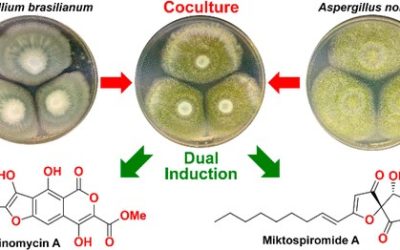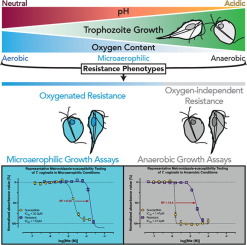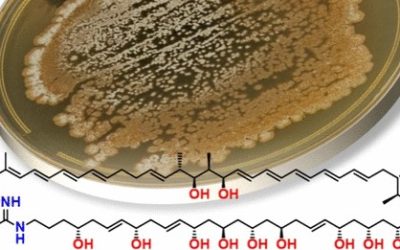Robert J. Capon, Colin Skene, Edward Hsiang-Te Liu, Ernest Lacey, Jennifer H. Gill, Kirstin Heiland, and Thomas Friedel
Journal of Natural Products, 67: 1277-1282.
Publication Date: May 19, 2004
https://doi.org/10.1021/np049977y
Abstract:
Investigations of a southern Australian marine sponge, Oceanapia sp., have yielded two new β methyl branched bisthiocyanates, thiocyanatins D1 (3a) and D2 (3b), along with two new thiocarbamate thiocyanates, thiocyanatins E1 (4a) and E2 (4b). The new thiocyanatins belong to a rare class of bioactive marine metabolite previously only represented by thiocyanatins A−C (1, 2a/b). Structures were assigned on the basis of detailed spectroscopic analysis, with comparisons to the known bisthiocyanate thiocyanatin A (1) and synthetic model compounds (5−7). The thiocyanatins exhibit potent nematocidal activity, and preliminary structure−activity relationship investigations have confirmed key characteristics of the thiocyanatin pharmacophore.


